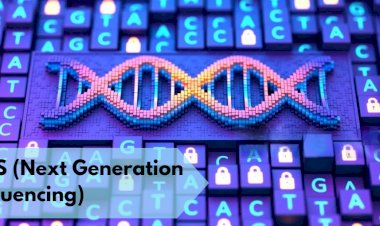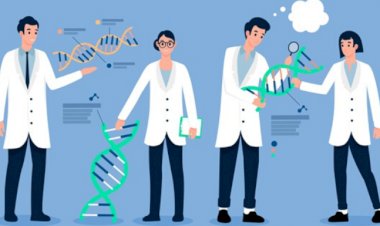Biostatistics in Clinical Trials: A Step-by-Step Guide

Biostatistics in Clinical Trials: A Step-by-Step Guide
Clinical trials are the backbone of medical advancements, ensuring that new treatments, drugs, and medical devices are safe and effective for patients. But have you ever wondered how decisions in these trials are made? Enter biostatistics—a critical discipline that transforms data into actionable insights. In this blog, we’ll explore how biostatistics guides clinical trials, step-by-step.
Step 1: Designing the Study
The journey begins with a solid study design. Biostatisticians work closely with researchers to choose the appropriate type of clinical trial—randomized, controlled, double-blind, or observational. They also determine sample size, ensuring the study is neither underpowered nor overly costly.
Key Role of Biostatistics: Calculating sample size, setting endpoints, and choosing randomization methods.
Step 2: Collecting the Data
Data collection is at the heart of any clinical trial. Biostatisticians help create data collection protocols to ensure consistency and accuracy. This includes designing case report forms (CRFs) and ensuring compliance with ethical guidelines.
Key Role of Biostatistics: Structuring data collection for precision and minimizing biases.
Step 3: Analyzing the Data
Once the data is collected, biostatisticians step in to analyze it. Techniques like survival analysis, regression modeling, and hypothesis testing help determine whether the treatment is effective.
Key Role of Biostatistics: Applying statistical methods to derive meaningful conclusions while accounting for variability.
Step 4: Interpreting the Results
Raw data means little without proper interpretation. Biostatisticians work to translate statistical outcomes into actionable conclusions that can guide regulatory decisions and clinical practices.
Key Role of Biostatistics: Ensuring results are clinically relevant and statistically significant.
Step 5: Reporting and Communicating Findings
Clear communication is vital in clinical trials. Biostatisticians contribute to creating detailed reports for regulatory agencies like the FDA or EMA and publishing results in scientific journals.
Key Role of Biostatistics: Presenting findings accurately, transparently, and ethically.
Why Biostatistics is Essential in Clinical Trials
Biostatistics ensures that clinical trials are designed and conducted scientifically, minimizing errors and biases. Without it, decision-making in medicine would lack the evidence-based rigor needed for patient safety and efficacy.
Bringing It All Together
If you’ve enjoyed this journey through biostatistics in clinical trials, check out our previous blogs:
These posts provide foundational insights into the world of biostatistics and its vast career potential.
Conclusion
From ensuring robust study designs to interpreting life-saving results, biostatistics plays an indispensable role in clinical trials. As the field of medicine evolves, the demand for skilled biostatisticians continues to grow. If you're passionate about data and healthcare, this might be the perfect career path for you!
Get Started Today At IBRI!
Contact us for personalized career counseling and course details.
Call: +91-9971441910 , +91-9999509892
Visit: www.ibri.org.in | Email : info@ibri.org.in
#biostatistics #clinicaltrials #medicalresearch #datascience #publichealth #epidemiology #healthcareanalytics #careerinbiostatistics #ibri #lifesciences #pharmacystudents #pharmacompanies































